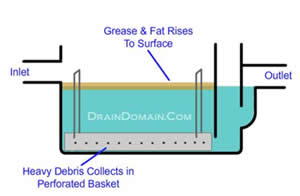
Most Visited
Rats In Your Home
Drain Flies
Why Drains Block
Internal Venting
Who`s Drain Is It ?
Drain Surveys
No-Dig Repairs
Drain Location
Drain Rods Stuck
Find A Contractor
Drain Pipe Work
Clay Drain Pipes
Plastic Pipe Work
Pitch Fibre Pipes
Cast Iron Pipes
Concrete Pipes
Drainage Parts
Drain Gullies
Dropshafts
Interceptor Traps
Soil Vent Pipes
Anti-Flood Valves
Manholes
Drain Repairs
Excavations
Drain Lining
Patch Lining
Pipe Bursting
Re-Rounding
Drainage
Investigations
Drain Surveys
Sonar Tracing
Last updated 7 January, 2014
draindmain.com > site map > grease traps
Grease TrapsBuilding Regulations Part H states `Drainage serving kitchens in commercial hot food premises should be fitted with a grease separator`, this is usually directed at new build premises or at buildings that are to have a change of use however there is talk of this being enforced on a wider scale. What Are Grease Traps
|
||||||||||||||||||||
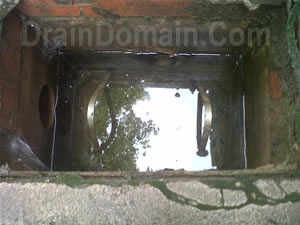 |
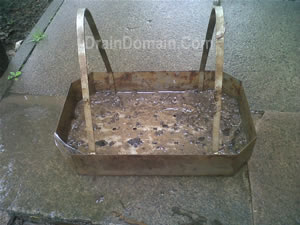 |
Above Ground Grease Traps
Many modern day catering establishments will have stainless steel or plastic above ground grease traps sited around the kitchen, often used in conjunction with a biological dosing unit that use enzymes and bacteria to break down grease and fat within the grease trap before it is dispersed into the drainage system.
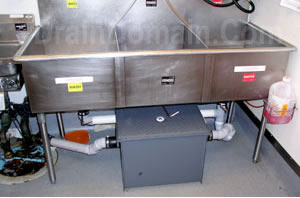 |
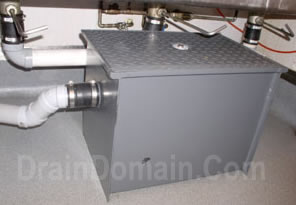 |
| related pages - | how to clear a blocked drain |
| clearing a blocked kitchen sink | |
| blocked drain diagnosis | |
| find a contractor | |
